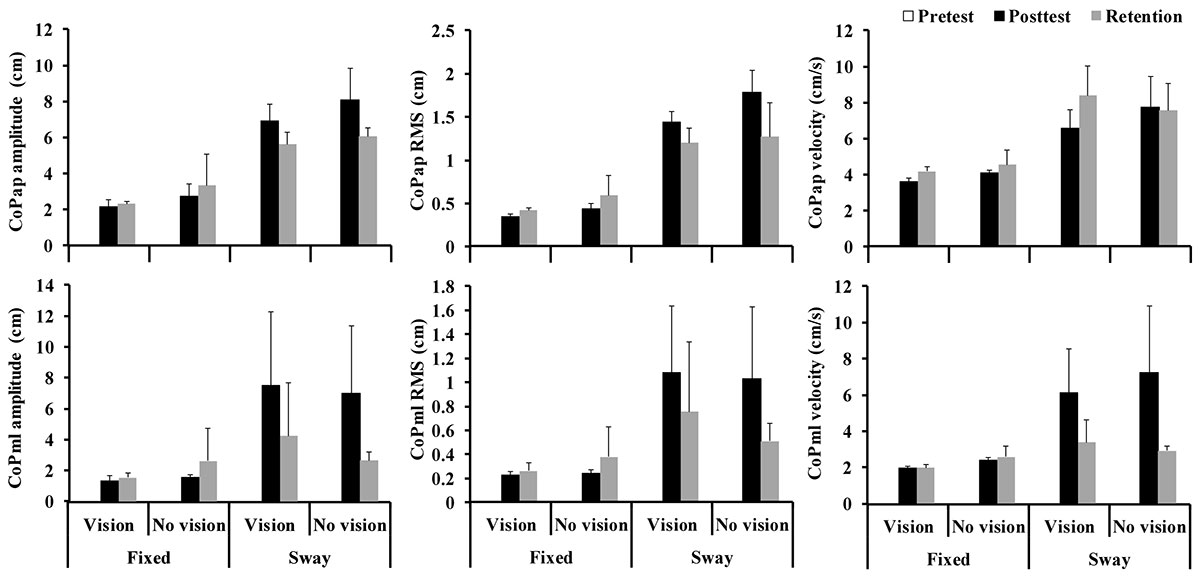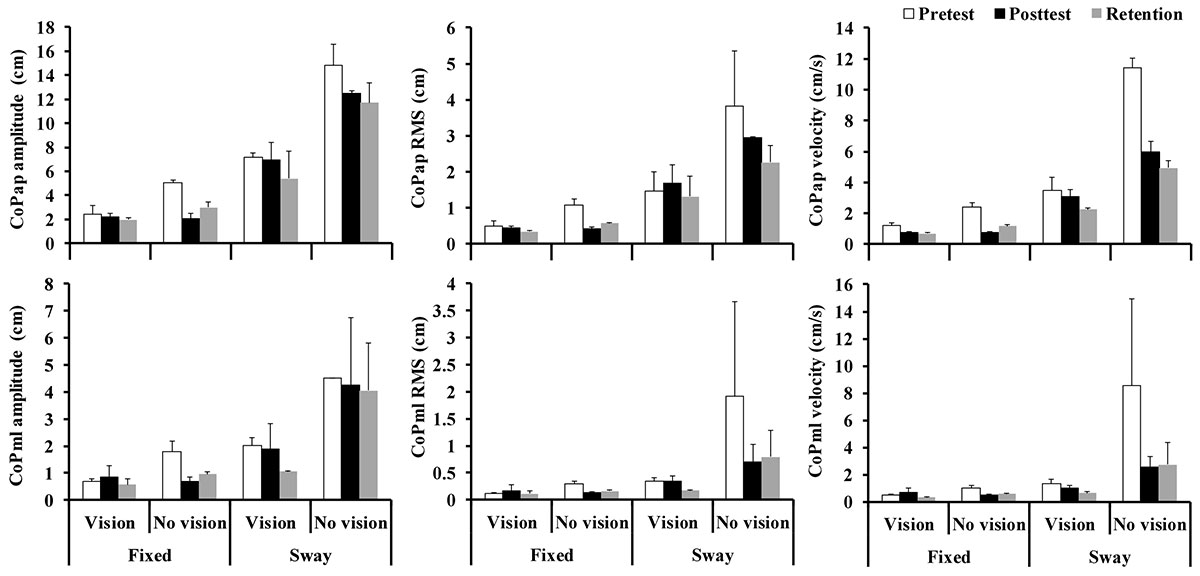Session Information
Date: Tuesday, September 24, 2019
Session Title: Dystonia
Session Time: 1:45pm-3:15pm
Location: Les Muses Terrace, Level 3
Objective: The aim of our study was to evaluate further the potential role of Non-Invasive Neuromodulation combined with kinesiotherapy for treatment of focal dystonia (FD).
Background: Dystonia is characterized by involuntary and sustained muscular contractions, which may cause postures and abnormal movements, initiated or recorded by voluntary action and associated with excessive muscular activation. Cervical Dystonia (CD) and Hand Focal Dystonia (HFD) been the most common forms of FD. Non-Invasive Neuromodulation such as Transcranial Direct Current Stimulation (TDCS) and repetitive Transcranial Magnetic Stimulation (rTMS) modulate the excitability of the connections between the motor cortical areas and may pose a therapeutic alternative associated with kinesiotherapy.
Method: Three patients took part in this study, two of them with CD and one with HFD. The choice of the Non-Invasive Neuromodulation Techniques was guided by the clinical manifestation and the functional complaint in an individualized form, based on the best scientific evidence available for each case. Kinesiotherapy sessions were composed of specific and progressive exercises for CD and HFD. Patients were evaluated before, immediately after and three months after treatment (retention). The following instruments were used to evaluate the severity of CD pre and post-interventions: Toronto Western Spasmodic Torticollis Rating for evaluation of Cervical Dystonia, and to evaluate the postural control, the experimental task consisted of maintaining quiet balance in upright bipedal support in a force plate (Smart Equitest system, NeuroCom). To evaluate the tremor and dystonic movement of HFD patient, a digitizing tablet registered the position of the tip of the writing stylus and hand tremor was measured with a wireless accelerometer (Delsys Trigno).
Results: The results show improvement in cervical control see [figure1] and [figure2] and similarly, improved dystonia symptoms in HFD patient [figure 3].
Conclusion: Non-Invasive Neuromodulation Techniques associated with Kinesiotherapy shown to be useful and safe for application in individuals with different types of FD and distinct functional disorders. The combined use of these intervention strategies seems to optimize and anticipate satisfactory clinical results in these neurological conditions, characterized by its difficult clinical management.
To cite this abstract in AMA style:
C. Souza, J. Goulardins, D. Boari, S. Casagrande, J. Papaterra, C. Boffino, C. Tanaka, K. Monte-Silva. Clinical Applications of Non-Invasive Neuromodulation associated with kinesiotherapy in focal dystonia patients: report of three cases [abstract]. Mov Disord. 2019; 34 (suppl 2). https://www.mdsabstracts.org/abstract/clinical-applications-of-non-invasive-neuromodulation-associated-with-kinesiotherapy-in-focal-dystonia-patients-report-of-three-cases/. Accessed April 20, 2025.« Back to 2019 International Congress
MDS Abstracts - https://www.mdsabstracts.org/abstract/clinical-applications-of-non-invasive-neuromodulation-associated-with-kinesiotherapy-in-focal-dystonia-patients-report-of-three-cases/



